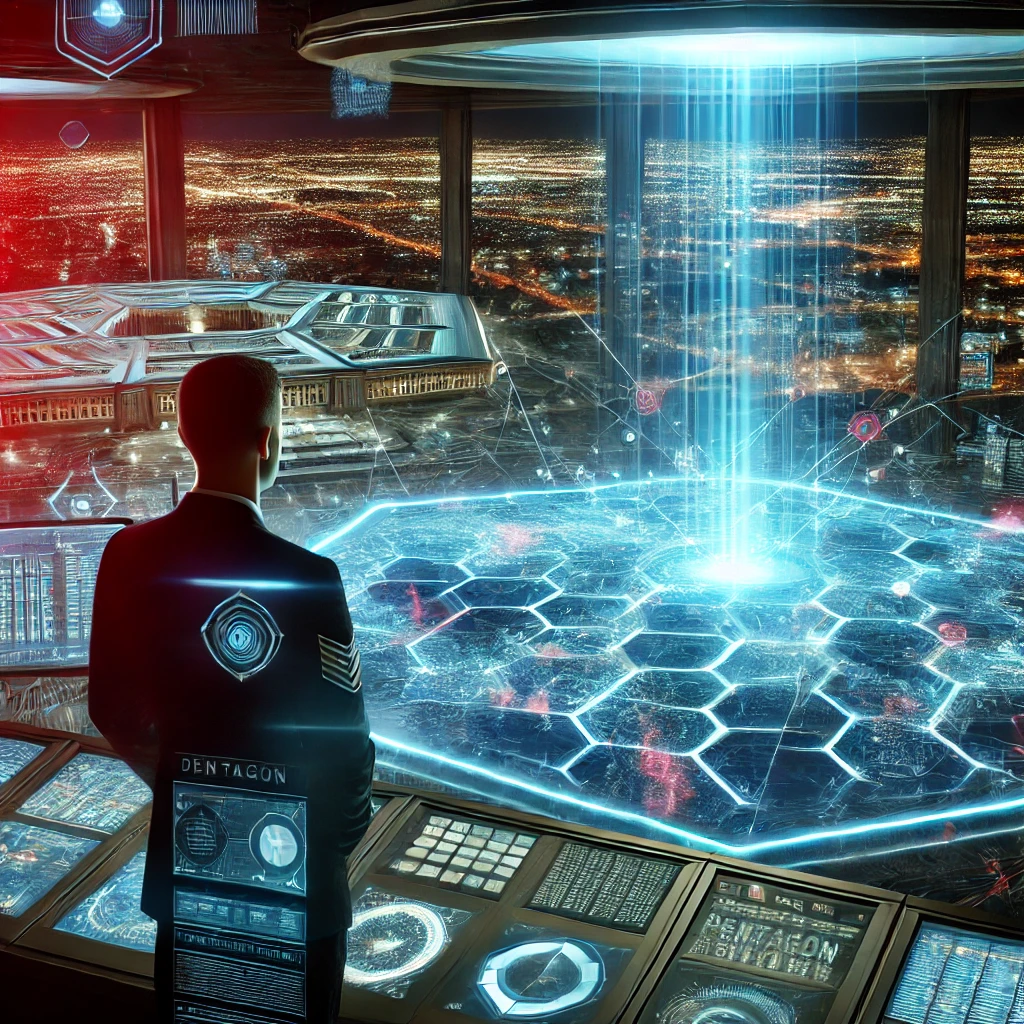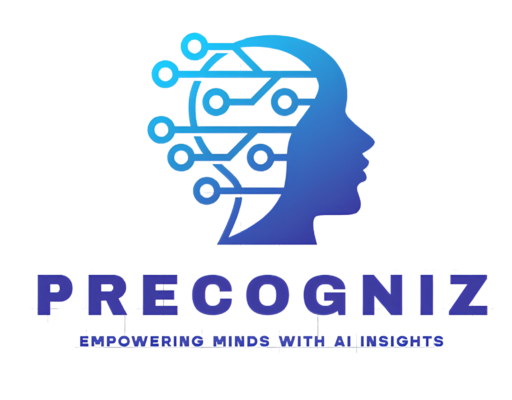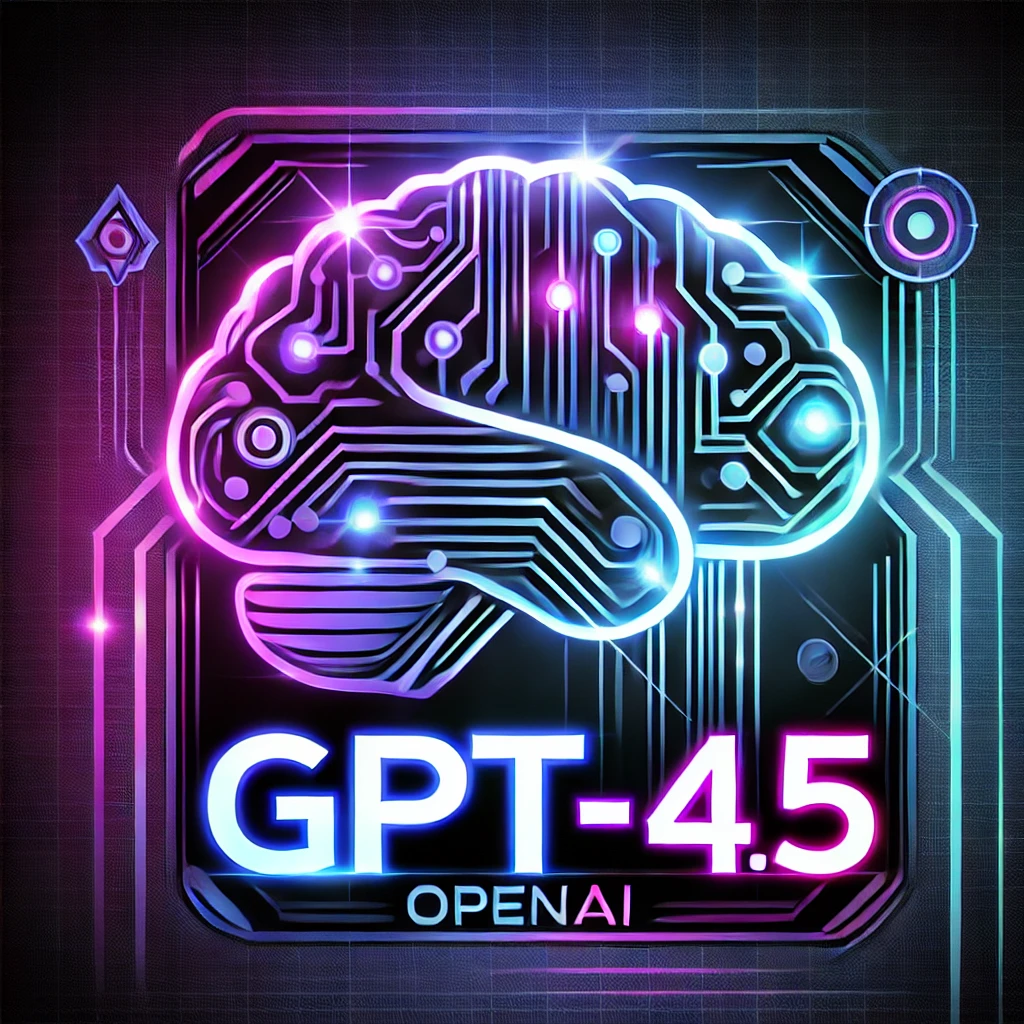-
0 Comments
Key Highlights:
- Pentagon’s AI Push: The U.S. Department of Defense (DoD) has launched “Thunderforge”, a flagship program in collaboration with Scale AI, to integrate artificial intelligence (AI) into military planning and operations.
- Purpose & Functionality:
- Enhances decision-making in strategic military planning using AI-driven simulations and wargaming.
- Employs large language models (LLMs) to process vast amounts of data for faster, more accurate responses.
- Supports mission-critical planning for U.S. Indo-Pacific Command (INDOPACOM) and U.S. European Command (EUCOM).
- Key Technology Partners:
- Anduril: Integrating Scale AI’s LLMs into Lattice, its advanced modeling and simulation infrastructure.
- Microsoft: Providing state-of-the-art LLM technology to enable multimodal AI solutions.
- Strategic Advantages:
- Improves data-driven warfare capabilities.
- Helps military forces anticipate and respond to threats with greater speed and precision.
- Allows planners to synthesize information and generate multiple courses of action efficiently.
- Ethical & Security Concerns:
- Raises debates over the risks of AI in warfare, including potential bias, errors, and unpredictability.
- Emphasizes the need for human oversight to prevent unintended consequences in AI-driven military operations.
Conclusion:
The Thunderforge initiative marks a decisive shift toward AI-driven military strategy, promising faster decision-making and operational efficiency. However, the ethical and security risks surrounding AI’s role in defense remain critical challenges that require careful oversight.


